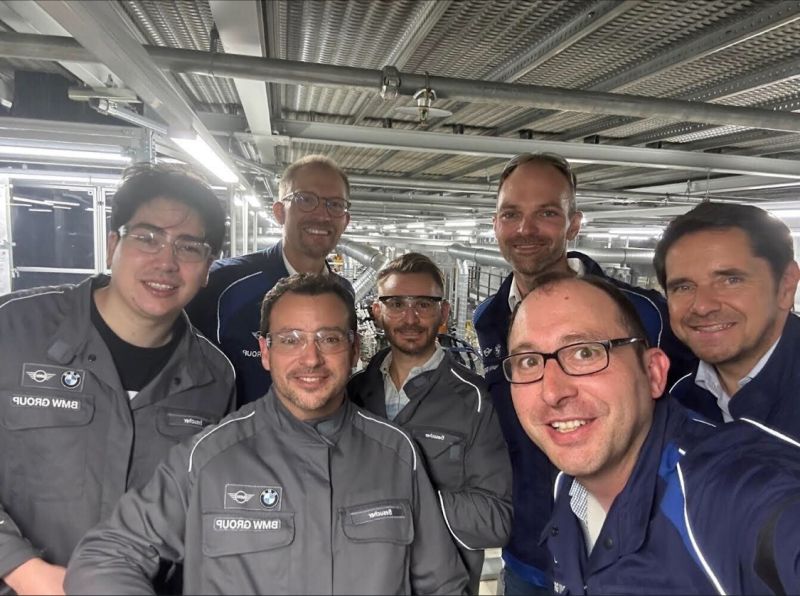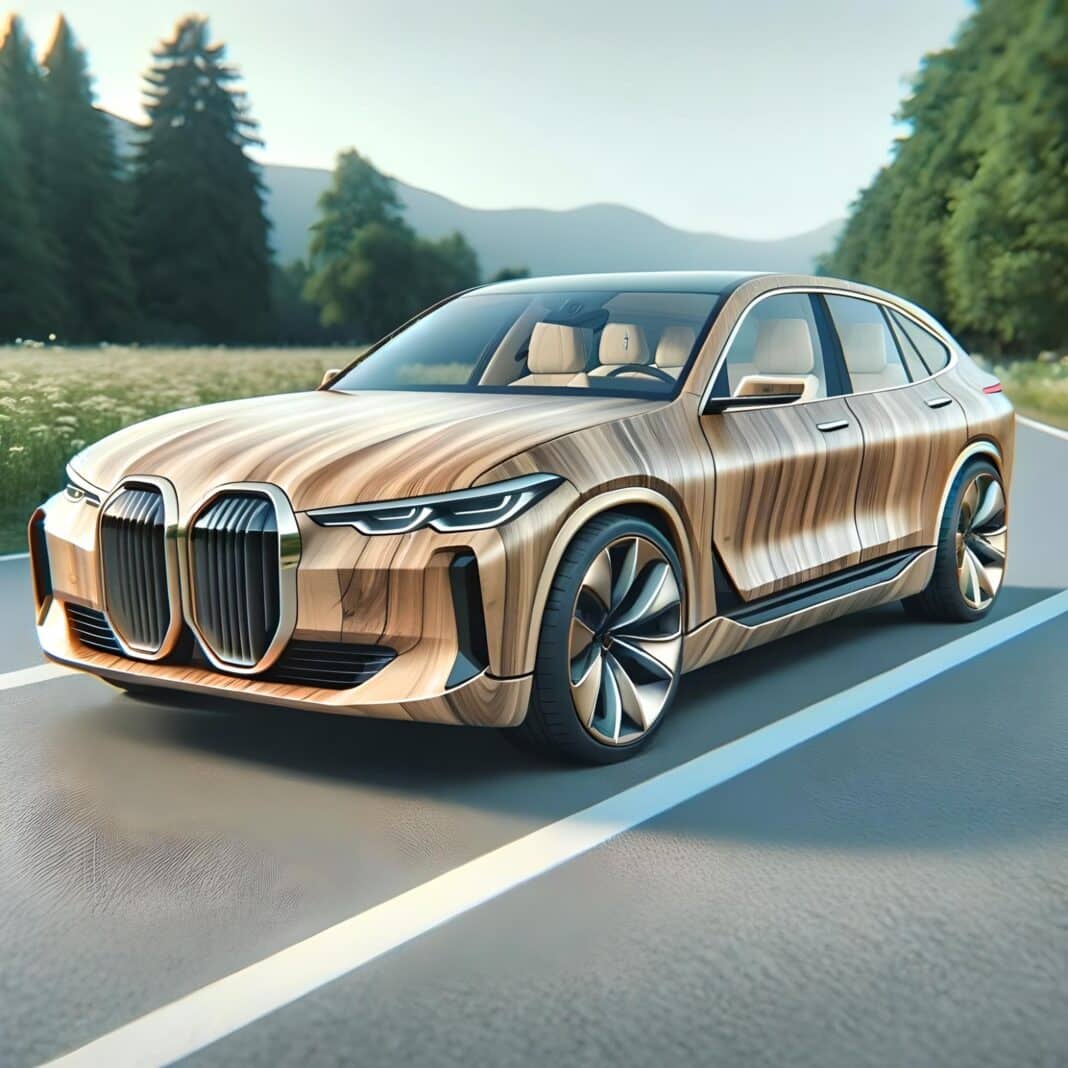The automotive industry is investing in new technologies, which could see wood panels replace steel in car chassis, seats, and body parts.
Wood Central understands that the next generation of “smarter” vehicles will not only be “greener” but will also be lighter, helping to reduce the “range anxiety” faced by electric vehicle owners.
Earlier this month, Wood Central reported that BMW is backing a new product known as “Woodflow”, with the German manufacturer now exploring whether mass timber could offer a low-carbon alternative to steel in future electronic and hybrid vehicles.
The partnership, which saw “Strong by Form” – the start-up behind the new timber technology – visit BMW Group’s Dingolfing factory in June as part of the “Ready Go” advanced leadership program.
According to Andrés Mintik, Strong by Form’s founder, BMW has been “instrumental in helping (the start-up) secure global opportunities”, which earlier this month “oversubscribed” its IPO thanks to its potential in industries as broad as lightweight construction, freeform concrete formwork, maritime structures and furniture.

Car manufacturers are under greater scrutiny to decarbonise their supply chain – specifically in manufacturing – with COP28 drawing attention to the automotive industry’s scope three emissions.
“Many challenges related to value-chain decarbonisation are addressed at the C-suite level,” according to an article by Industry Week last week.
“However, material engineers, procurement department leaders, quality managers and supplier management leaders must also deal with these strategies.”
In September, Wood Central reported on a UN report highlighting the importance of substituting “conventional materials like steel, concrete, and aluminium” for biobased materials “including timber, bamboo and biomass” as the world looks to decarbonise to meet climate targets.
According to a McKinsey & Company study, typical upstream EV emissions include battery (40%–60%), steel (15%–20%), aluminium (10%–20%) and plastics (around 10%). Upstream internal combustion engine (ICE) vehicle emissions include steel (25%–35%), aluminium (20%–30%) and plastics (15%–20%).
To reduce emissions and meet voluntary (i.e. climate pledges) and compulsory commitments (i.e. the EU Geen Deal), manufacturers are investing in supplier development and management to reduce carbon reduction – which has seen long-term interest in timber and pulp.
In 2017, the BBC reported that Japanese researchers were working to create a strong material from wood pulp that could replace steel parts in vehicles by 2027!
Researchers at Kyoto University in Japan claimed that wood-pulp-based materials could be as strong as steel, 80% lighter and can be used close to the engine ignition.
The researchers are working with the Japanese government, carmakers, and other manufacturers to develop the material and even create a prototype for the 2020 (2021) Tokyo Olympic Games!
According to the BBC, the team has been chemically treating wood pulp, which consists of millions of cellulose nanofibres (CNFs), and dispersing these CNFs into plastic, which could be a viable alternative to carbon fibre.
Blending CNFs with plastics creates a robust hybrid material that could replace steel in auto parts.
Professor Hiroyuki Yano, who led the work at Kyoto University, states that the material has the potential to be “fit for purpose” for door panels, fenders and car bonnets.
The drive to use “greener” materials is gathering speed among automakers more broadly.
Frost & Sullivan’s Mr Vaidya said manufacturers are trying to shrink the total carbon footprint of a vehicle and “not just the emissions that come out of the tailpipe”.
This is why BMW, as part of its latest Sustainability Commitment to Vehicles, Materials and Production, is now “intensifying the collaboration with innovative start-ups (like Strong by Form) in the field of future-oriented materials.”






